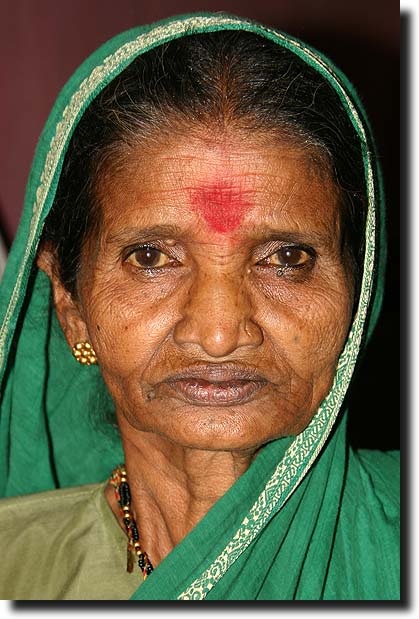
The insides of the homes were pretty bare. Kitchens are usually nothing more than a place to have a fire and store pots and pans. Because there is no indoor plumbing, there is no need to worry about sinks and such... |

Inside the villages, the housing was surprisingly good. Most of the residents had home made of pressed bricks, in which 3 generations of extended families often lived.
|
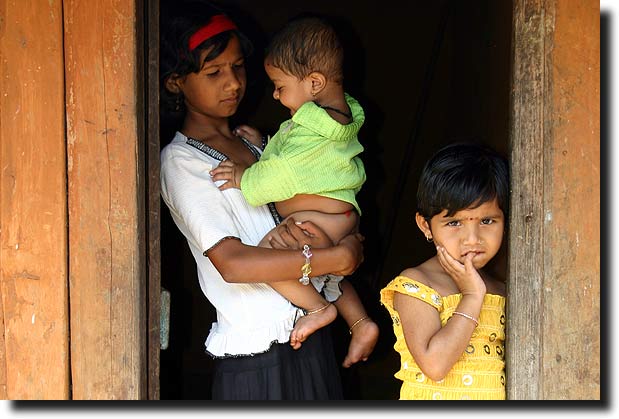
Sisters in a doorway
|
 |
 |
|
|
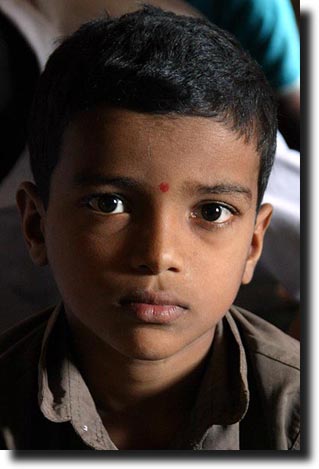 |
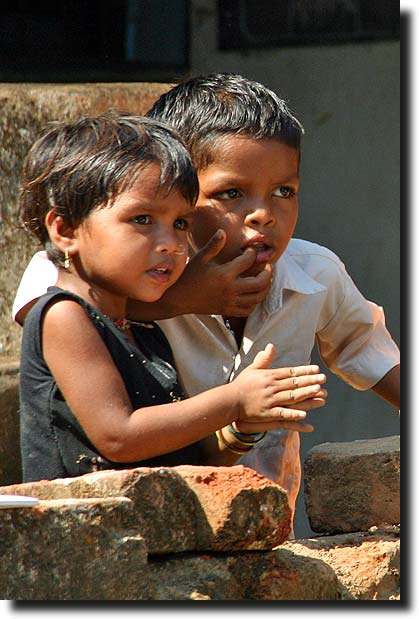 |
|
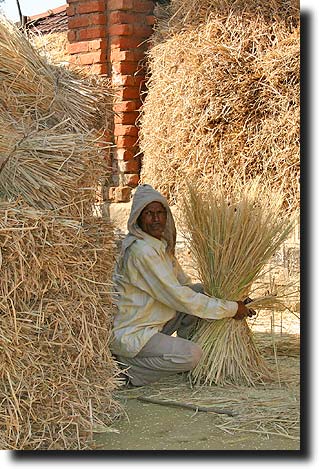 |
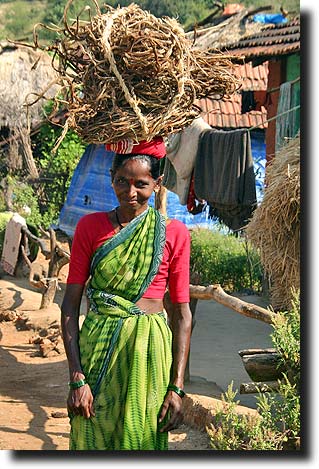 |
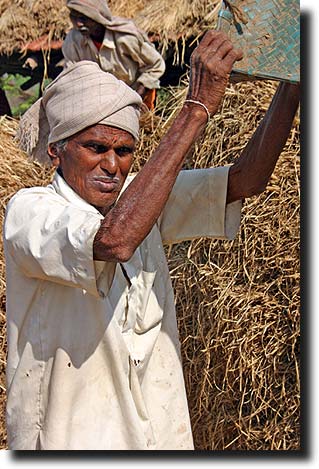 |

Even the kids are not exempt from labor. As we left one of the schools, we came across this group of people threshing wheat. They would pick up a sheaf, walk around the barrel, and then slam the stalks against it a few times. It was hard work, out in the direct sun, and the only respite was an occasional drink from a rain water bucket. But the amazing thing was when we came across the same girl (the one on the green outfit above) as we were leaving the school. She was a teenager, out of school, and it looked like she was going to be destined for the same sort of labor for the rest of her life. |
|
